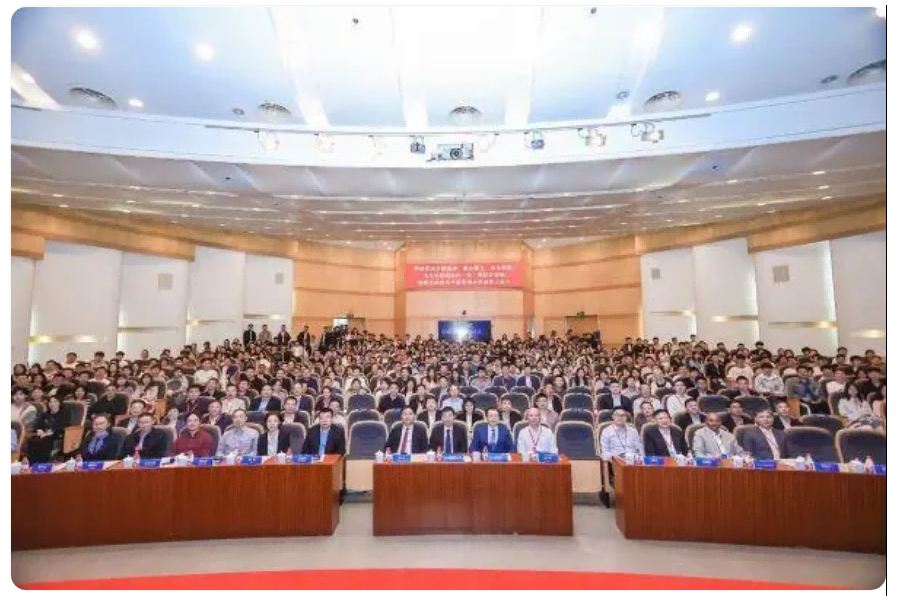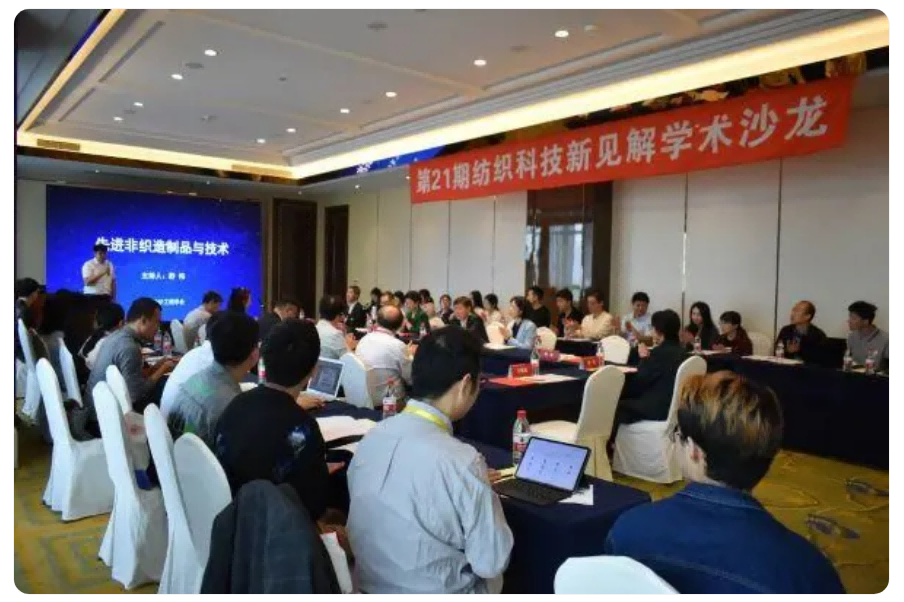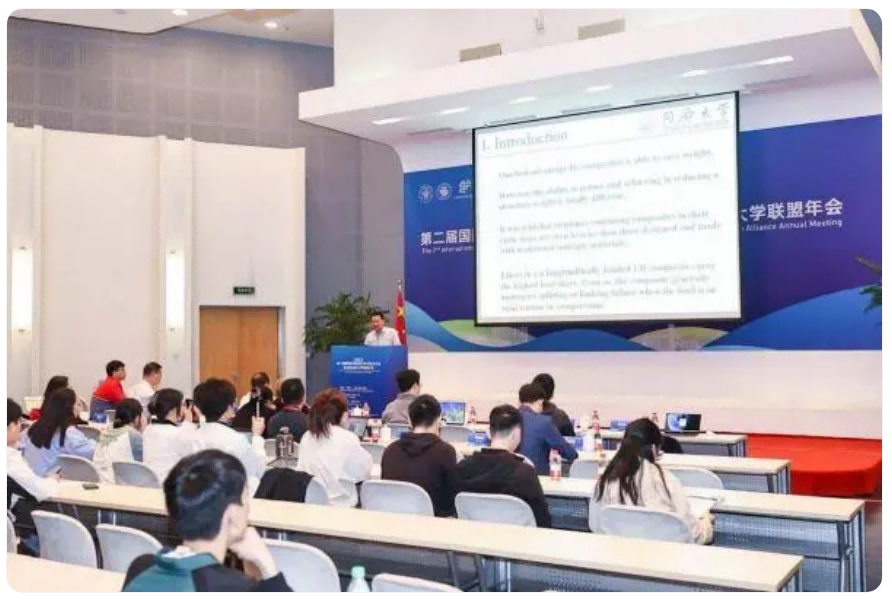



新民晚报2023-10-17 09:39 图说:第二届国际纺织前沿科学与技术大会暨世界纺织大学联盟年会在东华大学举行 采访对象提供(下同)
图说:第二届国际纺织前沿科学与技术大会暨世界纺织大学联盟年会在东华大学举行 采访对象提供(下同)
热调节纺织品、数字化服装、可再生纺织材料、电子纺织品物联网平台……世界纺织前沿创新将带来哪些颠覆性变化?未来纺织硬核科技将如何编织“美好生活”?纺织现代化产业如何助力上海加快建设高技术人才高地和科技创新中心?
10月13日至15日,以“先进纺织科学与技术”为主题的第二届国际纺织前沿科学与技术大会暨世界纺织大学联盟年会在东华大学举行,由15个国家63个单位400余位纺织领域学者参与170余场主旨报告。
“纺织科技的创新必须与新兴科技交叉融合,形成多维度发展空间,”东华大学校长俞建勇表示,当前全球纺织科学、技术及产业未来发展均面临机遇与挑战,要围绕“四个面向”,强化基础研究、关键共性技术研究和产业应用研究,深化科技创新;要把握纺织科创主题,推动高端化、绿色化、智能化、融合化;要不断提升纺织科创效能,加强目标导向、问题导向和效果导向;要全面提高纺织科创成效,拉长长板、累聚发展动能,突破短板、解决“卡脖子”问题,锻造新板、创造未来优势。 图说:研讨会和沙龙受到与会者关注
图说:研讨会和沙龙受到与会者关注
中国纺织工业联合会副会长、中国纺织工程学会党委书记李陵申谈到,中国纺织在全球的价值链地位不断上升,我国纺织产业成为区域经济发展重要支撑。2022年,我国纤维加工总量全球占比50%以上,化纤产量占比超七成,纺织品服装出口额稳居世界第一。到2035年,我国纺织工业将实现科技高水平自立自强,建立全球先进的纺织科技创新体系,成为世界纺织科技创新主导力量和主要引领者。
“数字服装技术也可以玩转元宇宙!”中国工程院院士、浙江理工大学校长陈文兴将“元宇宙”概念融入纺织服装设计,在面料建模仿真、服装设计与制造、服装个性化定制以及智能时尚计算等方面,引入面料和服装在元宇宙下的时尚分析与趋势预测,他谈到,不久的未来,数字人身穿数字服装进行云走秀将成为潮流,数字赋能将推动服装智能化设计和生产销售,成为品牌延续发展的大脑。
高技术纺织品,不仅承载着纺织工业的发展,也承载着国防、交通、环保、健康、时尚等高科技产业的发展。现代纺织产业将以新发展理念为引领,融入时代大势、立足中国实际、美化人民生活、服务全球发展的产业体系,是创新驱动的科技产业、文化引领的时尚产业、责任导向的绿色产业。 图说:大会上,15个国家63个单位400余位纺织领域学者参与了170余场主旨报告
图说:大会上,15个国家63个单位400余位纺织领域学者参与了170余场主旨报告
国际纺织学会最高荣誉会士、香港理工大学讲座教授范金土认为,先进的服装与纺织品应兼顾视觉美学、可持续性以及功能性。一个代表性的例子就是个人热管理用热调节纺织品,通过使用相变材料、纳米材料调节人体辐射冷却,实现人体热湿环境的智能动态调控。目前热管理织物中的挑战包括两方面:一是保暖织物应考虑可呼吸性以及轻质化,二是开发冷却织物。
曼彻斯特大学教授李翼聚焦电子织物研究,他谈到日常衣物是构建可穿戴器件的绝佳平台。柔性的导体与半导体材料是电子纺织品技术的关键。电子织物通过将导电纤维集成进机织、针织等结构中,在保障织物穿着舒适性的同时,实现传感、供电以及无线通讯等功能,进而结合云数据以及人工智能等技术,构建起用于数字健康的电子纺织品物联网平台。
加拿大工程院院士、加拿大马尼托巴大学教授邢孟秋研究设计了一种具有镇痛消炎或抗菌功能的胃肠道多功能缝合线,其在胃肠道等特殊伤口创面的临床应用中具有促进伤口愈合的功能,为生物医用缝合线从单一功能到多功能发展提供了新思路。
东华大学纺织学院院长覃小红教授表示,助力上海深化“四大功能”、强化“五个中心”建设,科技创新是重中之重。纺织新科技要更多融入上海发展,着眼于航空航天、智能制造、个体防护、生物医用等领域,勇于在攻克“卡脖子”关键技术方面展出新作为,在未来健康、未来智能、未来能源、未来空间、未来材料五大方向加速布局,以更多元化的姿态助力数字经济、绿色低碳、元宇宙、智能终端四大新赛道发展。
新民晚报记者 张炯强